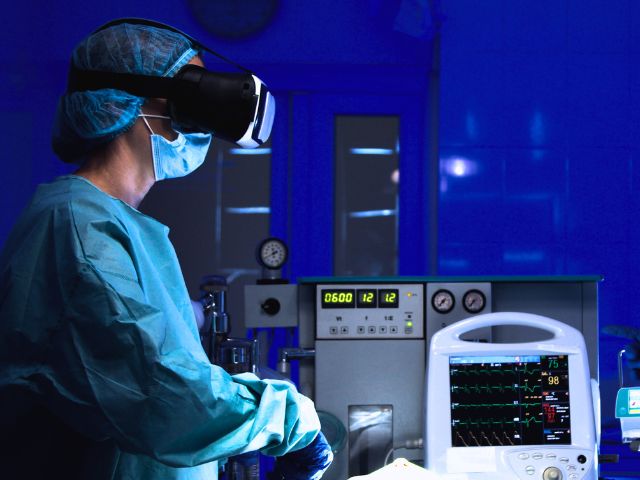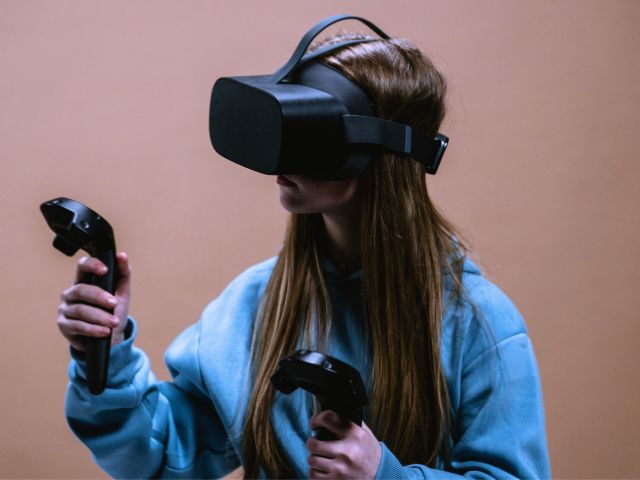What is Social VR?
Social VR is a virtual reality system “that allows multiple users to join a collaborative virtual environment and communicate with one another.” It often allows users an escape from their physical reality by socializing in settings such as nightclubs, parks, or movie theaters.
While this technology is new, it is being rapidly explored by multiple industries such as social media, social work, aviation, and now healthcare. Social VR chatrooms can take on many forms, such as private events allowing patients to interact with their peers in environments typically inaccessible to them or public chatrooms allowing patients to socialize with people worldwide.
Previously, VR has been used in educational simulations such as the UCSF School of Nursing’s program that utilizes virtual reality to bring students into clinical environments based on particular nursing specialties and practice settings.

This type of educational VR for nurses has been studied since at least 2010, when VR simulations were used for percutaneous renal access training. In comparison, studies exploring social VR only began publishing in 2018.
The social VR topics studied included:
- Social VR for patients recovering from knee replacement surgery
- Social VR for people with disabilities (PWD)
- Social VR for LGBTQ people
- Social VR for patients living with dementia
- Social VR for older adults, including those in full-time care facilities
The need for social VR increased during the COVID-19 pandemic and the resulting quarantine, isolating patients and nurses from their social support systems. It continues to be studied for its ability to bridge social connections and abate feelings of loneliness and isolation in its users.








